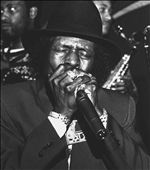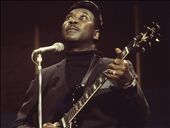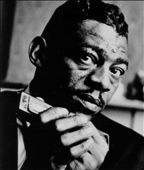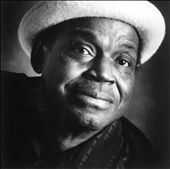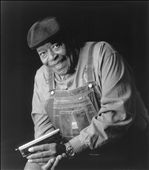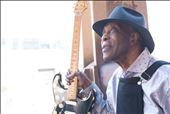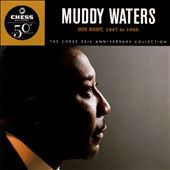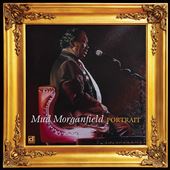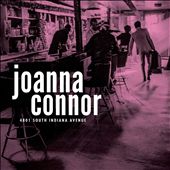Blues
•
Chicago Blues
Electric Chicago Blues
Electric Chicago Blues was developed in the late '40s and early '50s, taking what was essentially Delta blues, amplifying it, and putting it into a small-band context. Taking the basic guitar and harmonica lineup and fortifying it with drums, bass, and piano (sometimes saxophones), the form created what we now know as the standard blues band. Over the years, the electric Chicago style has been flexible enough to accommodate singers, guitarists, pianists, and harmonica players as the featured performer in front of the standard instrumentation. It has developed over the decades as well, with later versions of the style moving away from the strict Delta guitar patterns and embracing the lead guitar work of B.B. King and T-Bone Walker, creating the popular West Side subgenre which usually featured a horn section appended to the basic rhythm section. Although Electric Chicago Blues has also embraced rock beats and modern funk rhythms in the last decade or so, its most avid practitioners have generally stayed within the guidelines developed in the 1950s and early '60s.
